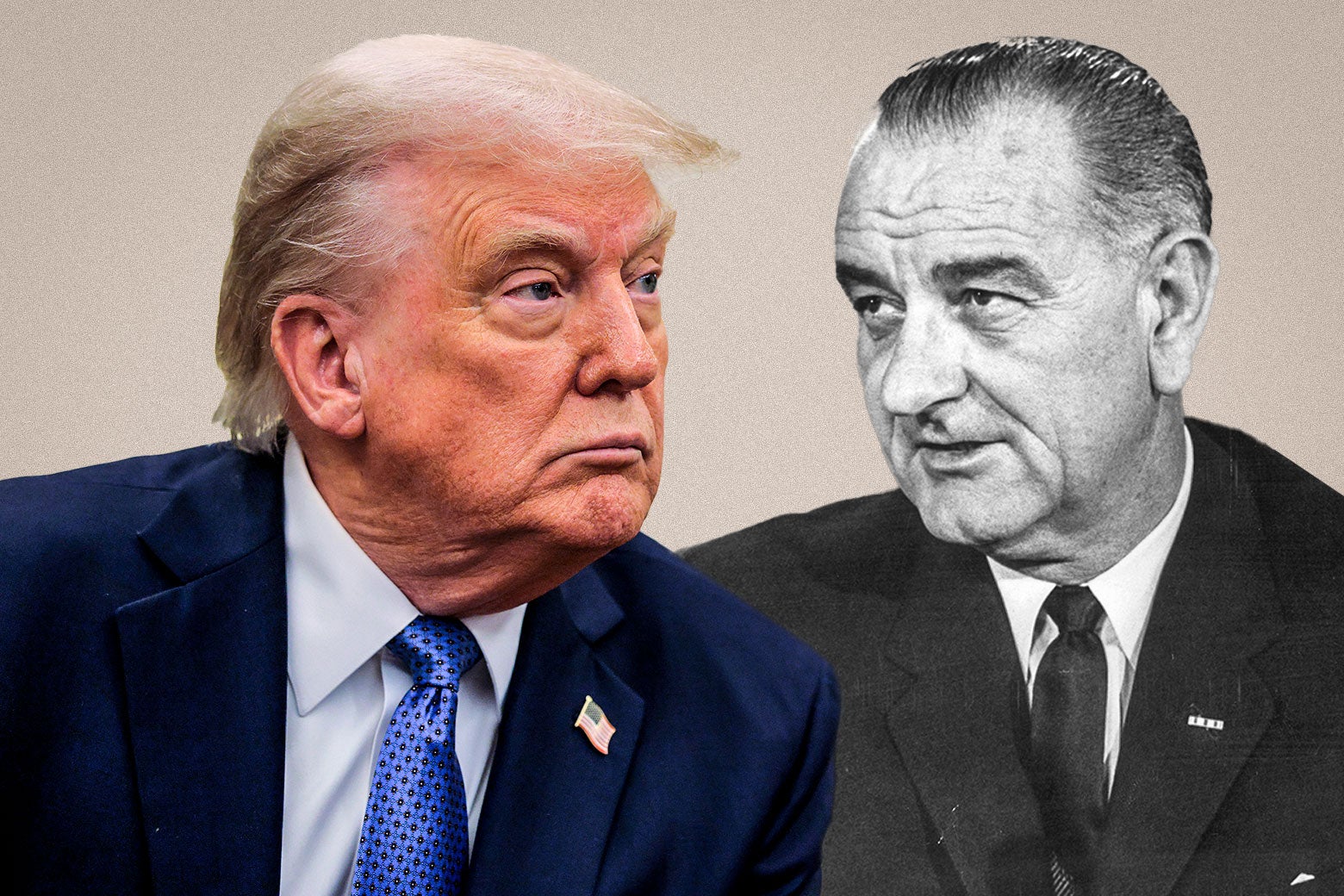
Sign up for the Slatest to get the most insightful analysis, criticism, and advice out there, delivered to your inbox daily.
When large bipartisan majorities of Congress enacted and subsequently amended the nation’s major civil rights laws during both Democratic and Republican presidencies, policymakers were aware of two core truths about the salience of race and racism in the United States. They knew that that our society must eradicate rampant intentional racial discrimination in housing, employment, voting, and other areas. But they also knew that certain arbitrary, artificial, and unnecessary yet purportedly race-neutral policies would perpetuate the effects of that purposeful discrimination if left unchecked. Congress, through explicit statutory text, and the Supreme Court, in construing less explicit language, have turned to the “disparate impact” framework to address that second truth.
When broken down in the simplest terms, how the disparate impact standard works and why it matters are easy to see. If a policy harms members of one group much more than others and if there is no good reason for the policy, it violates the law. In Griggs v. Duke Power Co., a unanimous Supreme Court, in part at the urging of President Richard Nixon’s Justice Department, first recognized the disparate impact framework in an opinion authored by the conservative Chief Justice Warren Burger. Duke Power, a utility company, had maintained a Jim Crow–style segregated workforce where Black employees were only allowed to work at the lowest rung doing manual labor and were never hired to work in the four higher levels of the company hierarchy, which were all occupied by white employees. On the day Title VII of the Civil Rights Act became effective, banning racial and other forms of discrimination in employment, the company instituted new criteria for hiring and promotion, including a high school diploma, that were not tied to job performance. White employees who did not meet these criteria were exempted from the policy.
Prohibiting practices like that is the sort of fundamentally fair, commonsense approach to rooting out systemic racism at which the Trump administration has taken aim through its Orwellian “Restoring Equality of Opportunity and Meritocracy” executive order, published last month. The executive order calls for the repeal of agencies’ disparate impact regulations under Title VI of the Civil Rights Act of 1964 and demands vague “appropriate action” (presumably dismissal) with respect to pending enforcement proceedings under other laws like the Fair Housing Act. The order proceeds from the baseless assumption that compliance with civil rights laws that allow for disparate impact claims is achieved by taking something away from members of another group.
However, as Griggs illustrates, that is not how we remedy disparate impact violations of our civil rights laws. Instead, as Justice Anthony Kennedy put it his 2015 opinion in Texas Department of Housing & Community Affairs v. Inclusive Community Project that confirmed that disparate impact claims are available under the Fair Housing Act, orders “concentrate on the elimination of the offending practice.” The reform of zoning laws that prevent the development of affordable housing that is disproportionately needed by Black families is an example of what it looks like in practice to eliminate the “offending practice,” and doing so does not take housing away from people who are not Black.
There truly is no authority for the administration’s interpretation of the law. No majority opinion of the Supreme Court has cast doubt on the compatibility of the equal protection clause and statutes that allow for disparate impact claims. Justice Antonin Scalia speculated that there might be a conflict in his 2009 concurrence in Ricci v. DeStefano, an employment discrimination case, but he wrote only for himself and did not go so far as to conclude that there was a conflict. Later, in Texas Department of Housing & Community Affairs, dissenting opinions raised the specter of a conflict, but their views did not carry the day.
This move to upend decades-old and previously noncontroversial civil rights protections on the strength of dissenting opinions is of a piece with the Trump administration’s broader attack on the rule of law and the functioning of government. For example, the administration has ousted independent agency officials who, by statute, can only be removed for cause while relying on a 1988 dissenting opinion from Scalia in a case that was decided 8–1. These officials include ones who play a key role in civil rights enforcement, such as members of the Equal Employment Opportunity Commission.
In our system of laws, the courts are here to present a check on this pattern of lawlessness. Applying precedent and recognizing the tremendous extent to which communities nationwide have relied upon our patchwork of civil rights protections, it should not be hard for courts to reach the conclusion that both the executive order and the acts that we can expect the Trump administration to take to implement it are unlawful. It is the purview of Congress, not the White House, to determine the substantive scope of our civil rights laws, and we, as a society, are better off for having the check that the disparate impact standard provides against the discriminatory policies that are embedded in many of our institutions.
Get the best of news and politics
Sign up for Slate’s evening newsletter.